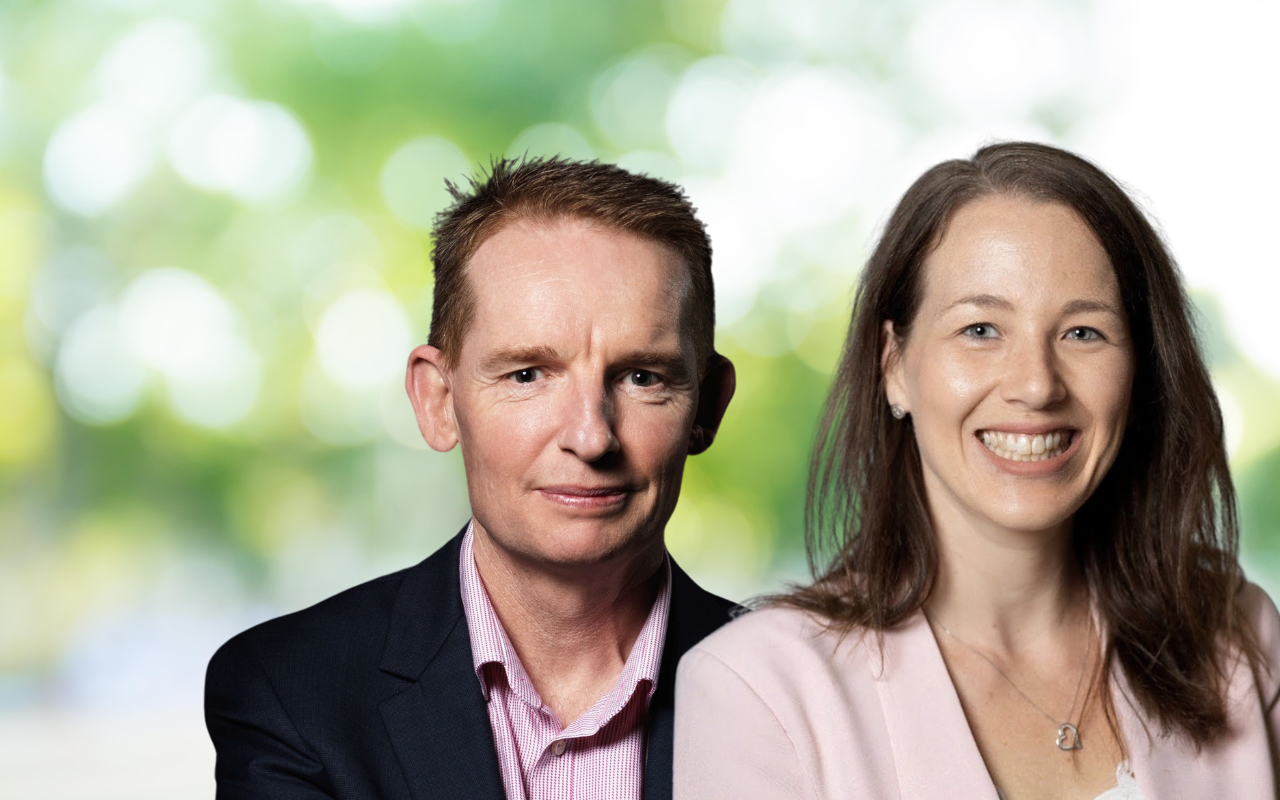Australia has passed new rules banning children under 16 years from social media, yet University of Queensland researchers have found little evidence linking social media to youth mental illness. They write why a public health response may lead to more positive outcomes.
Mental illness in Australian youth is rising. We don’t know why, but despite very little evidence, social media is bearing the brunt of the blame.
The Australian Government has responded with bold action: passing legislation to ban social media for children under 16 years. Yet an alternative but often overlooked solution is a public health approach.
A blanket ban oversimplifies a complex problem. In contrast, a public health strategy comprising a framework for preventing harms of social media use while promoting its benefits could be more effective.
Education and awareness campaigns could help increase digital literacy of young people and their parents and caregivers. This would provide individuals with the tools to critically assess online content and in tandem enhance healthy online attitudes. These skills are essential through life and will not be developed through a blanket social media ban.

The case for public health interventions
Some researchers have suggested that digital environments should be treated as an important influence on young people’s health, similar to other social and environmental factors, such as housing and education.
By adopting a health determinants framework, public health interventions could be applied to delay access to risky online content, reduce usage and develop harm reduction strategies to mitigate potential harms encountered.
This would involve delaying primary-school-aged children from possessing smart phones, developing consistent rules between school and home for online activities of school-aged children and young adolescents, and parenting skills training on supporting online safety of children in the home.
Parents play a key role in young people’s exposure to digital technology, and today’s parents face an unprecedented challenge of raising the first generation of children immersed in a digital world that they themselves did not grow up in. A community-wide public health approach could provide greater support and education to families and young people while enabling the flexibility to make decisions that suit their family’s unique circumstances. Education should extend to older Australians as well, many of whom are involved in raising children. Given that digital literacy (including digital safety and wellbeing) is now common place in the Australian school curriculum, it would surely make sense to ensure that these learnings extend across the whole community.
Health promotion campaigns could be used to educate families on the harms and benefits of digital environments like social media and inform them about various tools such as monitoring apps that can be used to establish healthy boundaries.
Simple solutions seldom solve complex problems
Around a third of young people now have a diagnosable mental health problem, according to multiple population-based studies. This figure has doubled over the past decade, mirroring a concerning upward trend in mental health problems internationally.
This increase aligns with the infiltration of digital technology into the modern world. However, as is commonly quoted in the research world; “correlation does not equal causation.”
While the impact of social media on mental health warrants attention, its effects on young and vulnerable people remains poorly understood. A young person’s engagement with social media is diverse and influenced by their motivations for use, the quality of their engagement, and the characteristics of the platforms they use. Individual factors such as age, sex, maturity, their relationships with family and friends, and vulnerabilities like minority group membership, pre-existing mental health concerns, or neurodiversity, may all shape how social media affects their mental health. The evidence is clear that social media is not universally harmful for young people and in fact is helpful for some.
Concerns with a blanket ban are multifaceted. First, there is insufficient evidence to show that social media is responsible for the increase in youth mental health problems, and second, there are some marginalised young people who benefit from social media. Thirdly, there is a lack of clarity as to what constitutes the definition of social media. Finally, enforcement of the ban is unlikely to be feasible.
Other factors likely to be contributing to the rise of young people’s mental health problems include growing social inequity, climate anxiety, escalating rates of gendered violence, the increasing cost of living, and childhood maltreatment.
Although there are countless studies exploring links between social media use and mental health in youth, evidence on its impact remains unclear.
Many studies, for example, have relied on young people’s own accounts of how much time they spend using social media as a sole marker of their use. Few studies examine parents’ own social media use and how equipped they are to support their children.
This is why it’s time to invest in high quality research that can guide future policy and public health efforts that balance minimising risks with maximising benefits.
Ultimately the rise in youth mental illness is complex and there are no simple solutions or single interventions. Governments should invest in rigorously researched public health measures in supporting Australians to navigate the online world safely.
Only through a comprehensive and evidence-based approach can we hope to address the mental health crisis facing today’s youth.
This research is published in the Australian and New Zealand Journal of Psychiatry.
Professor James Scott is a child and youth psychiatrist who leads the Child and Youth Mental Health Research Group at the University of Queensland Child Health Research Centre. James is also the Director of Ramsay Health Youth Service at New Farm where he practices clinically.
Julie Blake is a PhD candidate with the University of Queensland Child Health Research Centre.
The authors do not work for, consult, own shares in or receive funding from any company or organisation that would benefit from this article, and have disclosed no relevant affiliations beyond their academic appointment.
The statements or opinions expressed in this article reflect the views of the authors and do not necessarily represent the official policy of the AMA, the MJA or InSight+ unless so stated.
Subscribe to the free InSight+ weekly newsletter here. It is available to all readers, not just registered medical practitioners.
If you would like to submit an article for consideration, send a Word version to mjainsight-editor@ampco.com.au.

 more_vert
more_vert